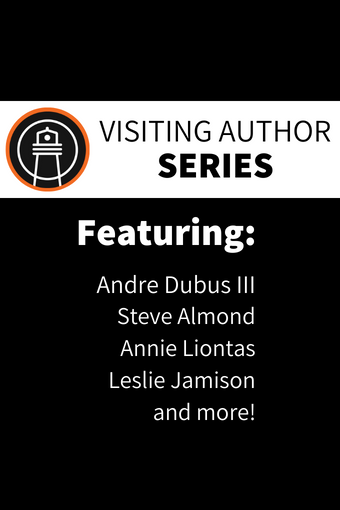 I do not claim to be an expert on either Lorrie Moore or the short story. But I am a huge fan of both, so when I heard that we’d be bringing Moore to Denver for this fall’s Writer’s Studio, I was thrilled. Lorrie Moore is, in this young writer’s humble opinion, one of the best living contemporary short story writers out there. I was first introduced to her work in the pages of the Best American Short Stories series (every volume of which, from 1978 to the present, colorfully lines my bookshelf). This was before, of course, I discovered the joys of reading the actual magazines and reviews from which the annual collection is culled—I was in high school when I began collecting them, give me a break—but I still go back to them again and again, and Lorrie Moore has been well represented among their pages.
I do not claim to be an expert on either Lorrie Moore or the short story. But I am a huge fan of both, so when I heard that we’d be bringing Moore to Denver for this fall’s Writer’s Studio, I was thrilled. Lorrie Moore is, in this young writer’s humble opinion, one of the best living contemporary short story writers out there. I was first introduced to her work in the pages of the Best American Short Stories series (every volume of which, from 1978 to the present, colorfully lines my bookshelf). This was before, of course, I discovered the joys of reading the actual magazines and reviews from which the annual collection is culled—I was in high school when I began collecting them, give me a break—but I still go back to them again and again, and Lorrie Moore has been well represented among their pages.
It’s no surprise, then, that in 2004 Moore was asked to be the annual guest editor of the series. Aside from choosing a remarkable selection of stories to include in that year’s anthology, she wrote an introduction that gets me excited about the short story all over again every time I read her words. It is my intent to dissect one Moore story at a time, discussing in these illustrious blog postings precisely why I admire her so. And I’d like to begin with just the introduction to BASS 2004, (Houghton Mifflin, 2004) as it reminds me why I so love not just short stories as a genre, but specifically her stories: she’s smart, she’s funny, and she has as complete a grasp of the short story form as anyone ever may.
In describing the futility of strictly defining the short story, Moore says “no matter what one says about…short stories and novels, a hundred exceptions support the opposite case.” (pg. xiv) Yet I defy anyone to argue with the metaphors she gives as examples: “A short story is a love affair; a novel is a marriage. A short story is a photograph; a novel is a film” (xv), and my favorite: “If a story is not always, therapeutically, an axe for the frozen sea within us, then it is at least a pair of brutally sharpened ice skates.” (xvii) Even (and maybe especially) when she’s contradicting herself, Moore does so with intelligence and grace. She talks about the “interest in beautiful pain” (xv) that the short story takes. The phrase beautiful pain perfectly what is so good about her writing. This is not to say that she is painful to read—quite the opposite—she is a master of finding the beauty in pain.
In discussing her criteria for selecting the stories that she did, Moore questions her “own visceral responses,” asking herself, “was I riveted? Did a story haunt me for days?” (xvii), reactions I’ve had to nearly every story of hers I’ve ever read. (Beg pardon if this is turning into one big gushfest; I do confess to feeling a bit like a Spiderman fan must feel at a Stan Lee signing.) As she says herself, stories “are interested in the value, beauty, and malarkey of words that people utter to themselves or others” (xvi), and what are stories if not that: beautiful, valuable b.s. we put down on the page.
But it’s Moore’s dry wit that, for me, makes her prose complete. Whether it’s comparing the short story to Napolean, “with its narrative version of a short man’s complex” (xviii), or parenthetically deprecating herself and other writers who are “asked to speak publicly of their art (oh, dear) or …their craft (that alarmingly nautical phrase)” (xiv), the intimacy of her sharp tongue at once brings the reader into a close camaraderie while keeping her at arm’s length through the deflective nature of humor. She refers to her introduction and others like it as the result of what “may be simply the desperate, improvised creative-writing yack of good people uncomfortably far from their desks” (xiv), but if this is uncomfortable territory for her, just wait and see what she can do when she really settles in.

